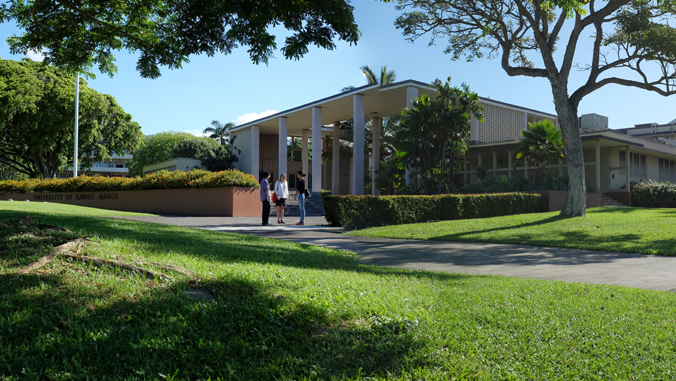
The challenges looming for graduating high school and college students may be at an all-time high due to the COVID-19 pandemic.
Comparisons made to the Polio Epidemic of 1916 and the Great Recession of 2007–2009 by Sumner La Croix and James Mak, University of Hawaiʻi Economic Research Organization (UHERO) research fellows and professor emeriti of economics in the UH Mānoa College of Social Sciences, show the effects from COVID-19 are “on track to generate much more damaging and pervasive scarring of Hawaiʻi’s young adults.”
Until COVID-19, 55 percent of Hawaiʻi’s graduating public high school seniors planned to go to college. Now, with the state’s unemployment rate about 30 percent, the highest in the nation, families may face difficulties paying for post-secondary education. Likewise, students graduating from college will face hurdles in finding employment.
La Croix and Mak propose expanding the existing Hawaiʻi Promise Program, which provides last-dollar tuition assistance for students with needs not met by other forms of financial aid such as federal grants and scholarships. The proposal calls for emergency financial assistance for class of 2020 high school and college graduates for two years to lessen the potential economic scarring caused by COVID-19.
The researchers said a way to fund this program is by using some of the $862 million in CARES Act money dedicated to the state. This may help to increase the income for these students for the next 40 years, increase future state tax revenues which could pay back the cost of the program and serve as an experiment on how UH can best develop a skilled and highly educated workforce.
One vehicle to establish this emergency funding, La Croix and Mak suggested, is through the existing HB2250, which was halted as COVID-19 forced the suspension of the legislative session.

